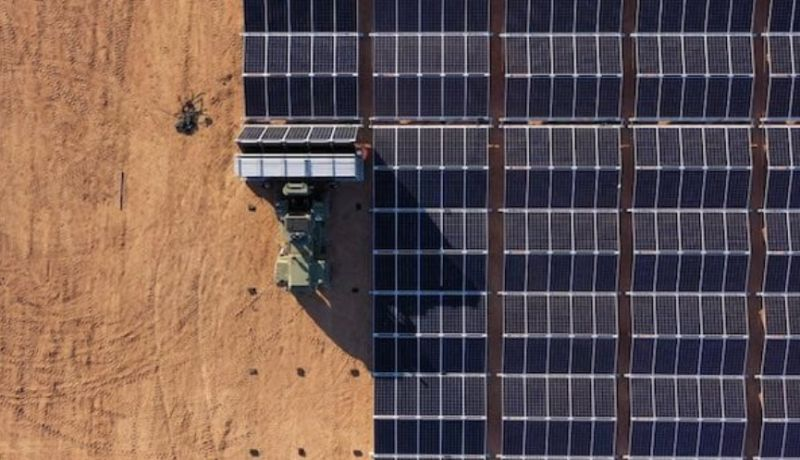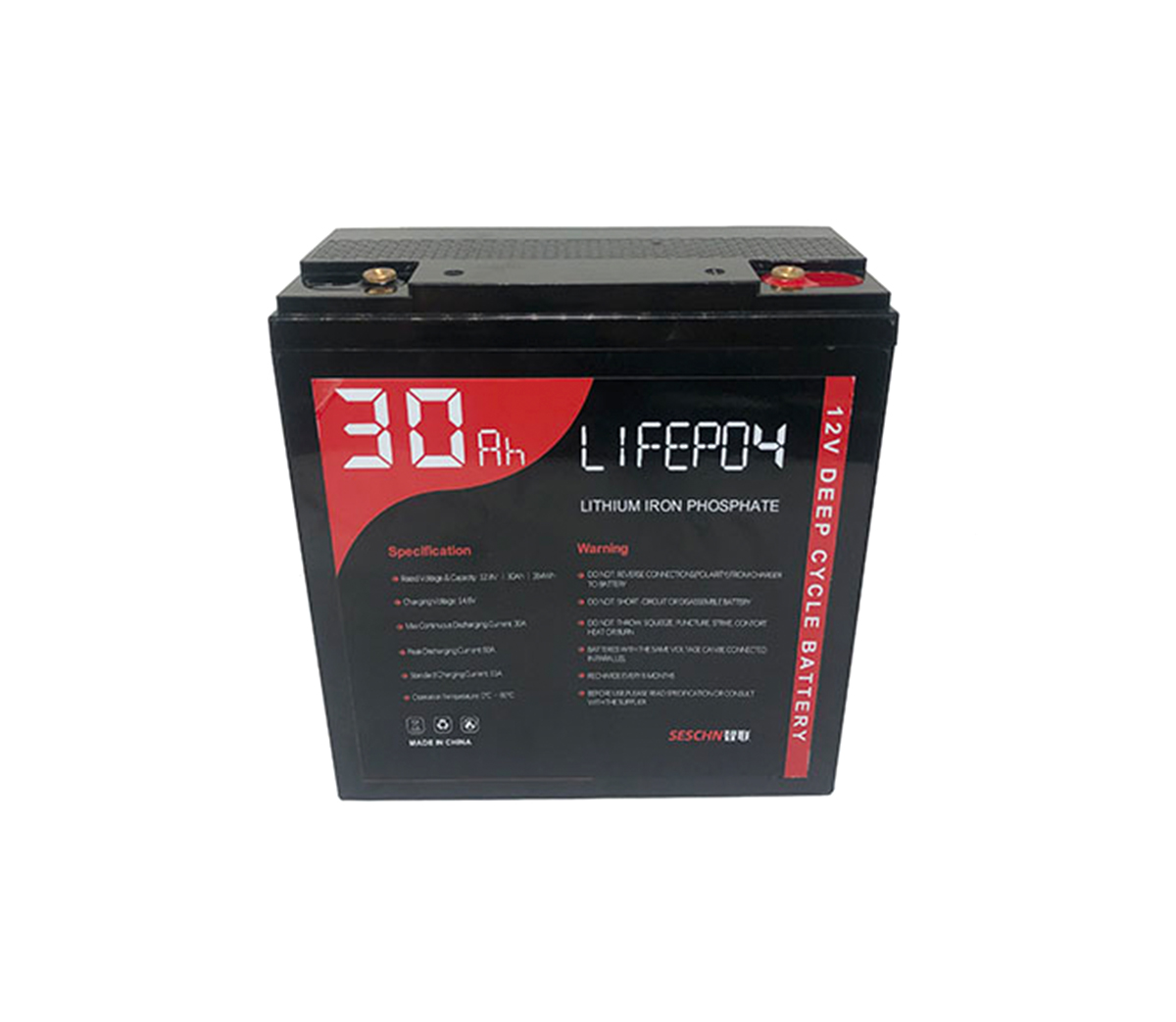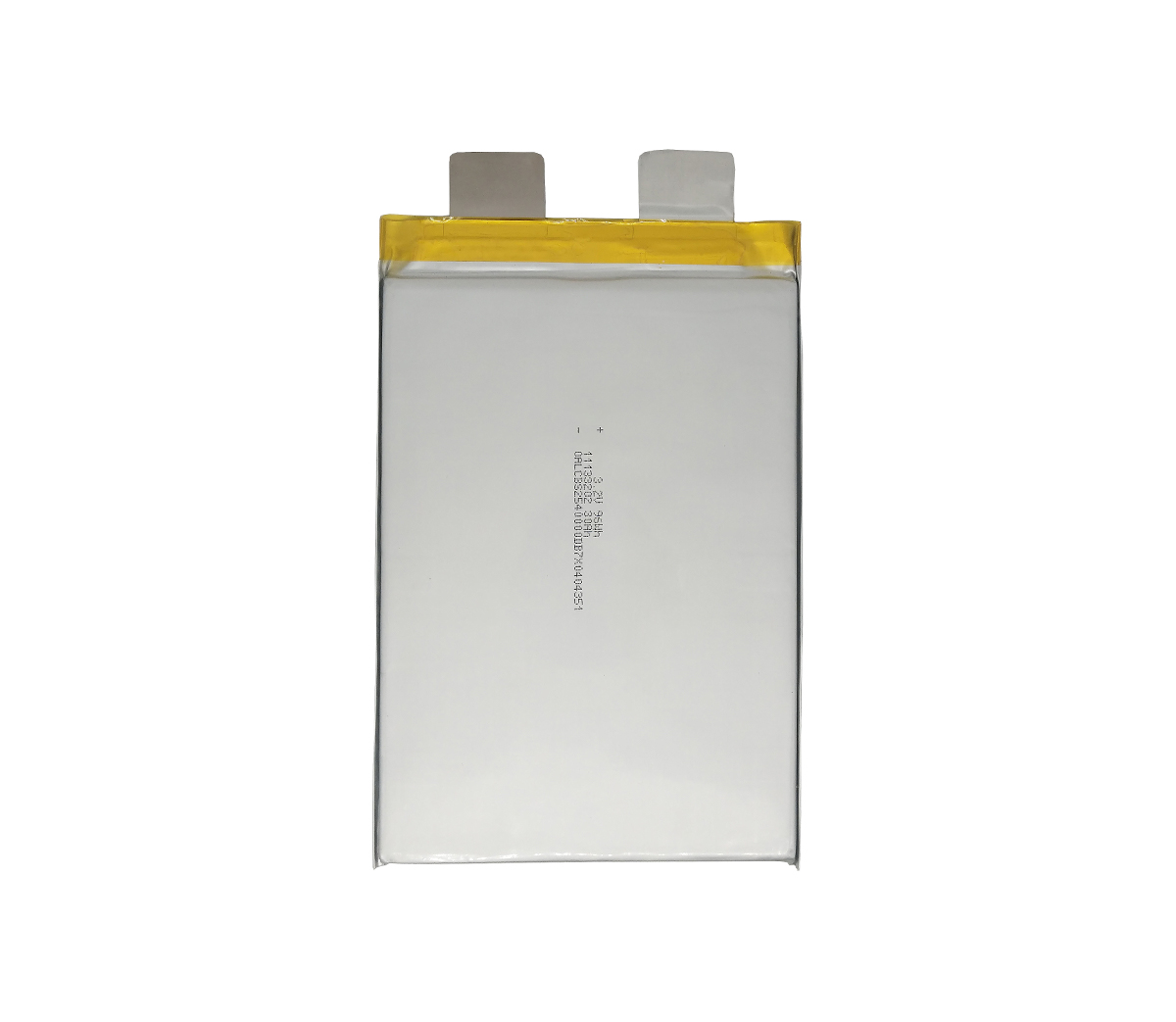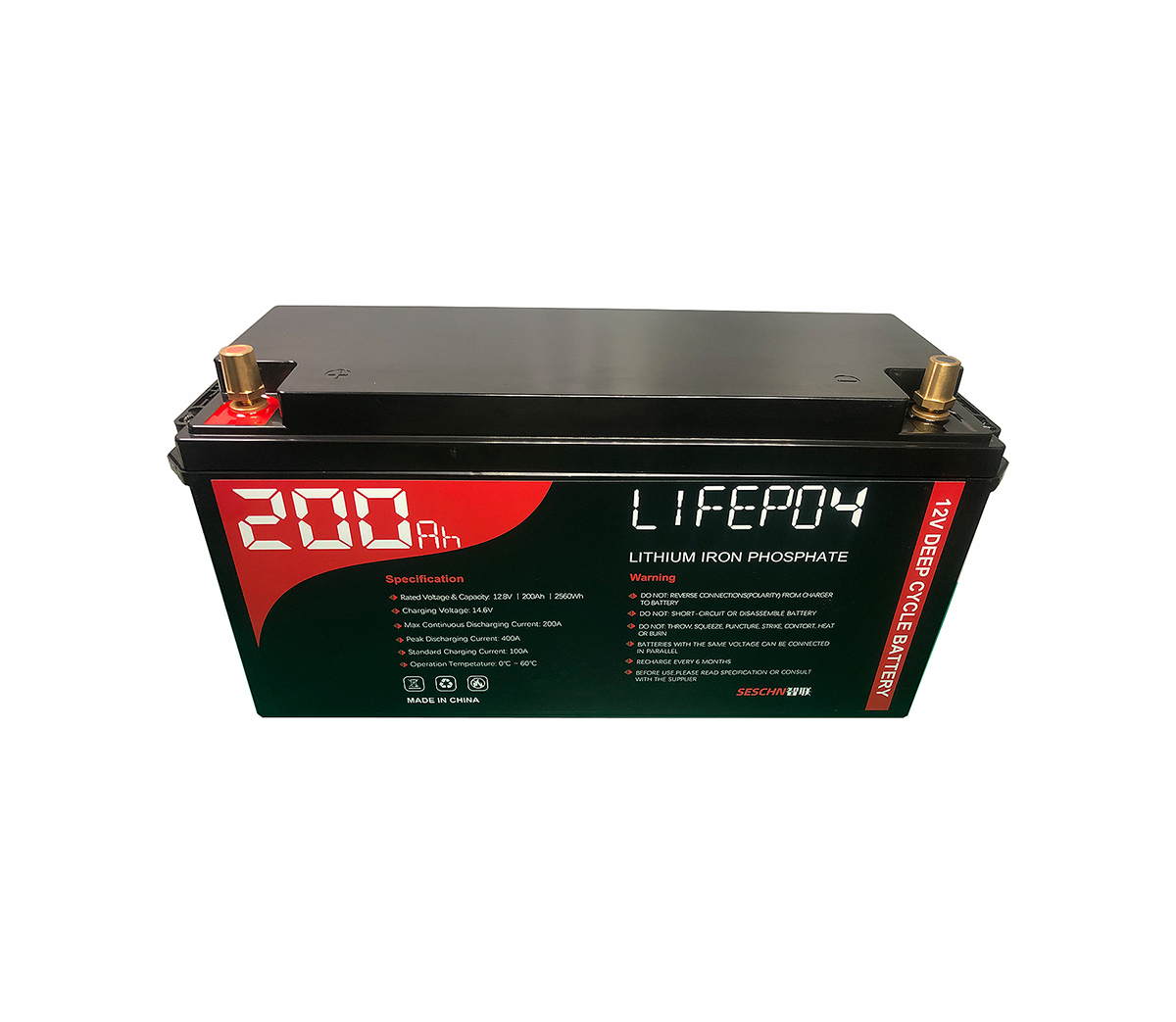Recent developments of governments around the world on new energy markets
and energy storage markets
Brazil unveils new rules for distributed generation and net metering
The Brazilian government has unveiled a new regulatory framework for
distributed projects, including all renewable energy projects up to 5 MW that
can operate under a net metering regime. Currently, this segment accounts for
more than 8.4 GW of the 13 GW of grid-connected solar capacity installed in
Brazil. The new rules will introduce a new net metering regime from 2023,
meaning PV systems installed this year will not be subject to the new rules. The
National Energy Policy Council (CNPE) and energy regulator ANEEL will now have
18 months to develop guidelines, costs and benefits for distributed generation
to be implemented after the transition period. According to CNPE, the Brazilian
rules based on CNPE guidelines and Aneel's calculations after the transition
period will have a positive impact on the continued growth of distributed
generation systems in Brazil. Furthermore, according to the agency, the lower
pay level of net metered tariffs may only shorten the payback period for
residential PV systems by six months.

Massachusetts expands solar target
The Massachusetts Department of Public Utilities (DPU) has expanded the
Massachusetts solar target from 1.6GW to 3.2GW. It will allow more than 175 MW
of solar projects to move forward. According to the Solar Energy Industries
Association (SEIA), the order will take effect on January 14, 2022.
New York Distributed Photovoltaic Roadmap
The New York State Energy Research and Development Authority (NYSERDA) and
the New York State Department of Public Service (DPS) have submitted a
comprehensive roadmap to expand the state's successful NY Sun program into the
broadest and most cost-effective solar power in the United States one of the
projects. As mandated by the state's Climate Leadership and Community Protection
Act (Climate Act), 70 percent of the state's electricity will come from
renewable sources by 2030. The scheme is expected to cost about $1.47 billion
and will be billed to electricity billers at a cost of $0.00082 per
kilowatt-hour over 11 years from 2022 to 2032. According to NYSERDA, the state
has installed or officially installed 6GW of solar generation capacity in the
pipeline as part of the first phase of the energy purchase plan. The remaining
4GW of new capacity is expected to be built using approximately $4.4 billion in
additional private investment. NYSERDA and DPS plan to implement multiple
strategies to deploy 10 GW of distributed solar capacity targets, such as
projects below 5 MW, rooftop installations and community solar projects, as part
of the state's transition to a clean energy economy.
Germany pushes to meet renewable energy climate targets
Germany's new coalition government has pledged to unleash solar capacity by
introducing a solar acceleration scheme, aiming to install 20 GW of capacity per
year to reach the 200 GW solar target by 2030, including opening land for
ground-mounted solar installations, raising tenders Limiting and mandating the
use of rooftop solar in new commercial and private buildings, etc., strive to
remove barriers and promote the rapid development of photovoltaic
installations.
Romanian government reinstates bilateral power purchase agreement and
increases net metering cap to 400kW
The Romanian government has recently made a series of amendments to the
country’s energy laws, creating more favorable conditions for the distributed
generation segment of solar and the utility-scale segment of the market. The PPA
ban was removed from the Energy Act and a decision was also made to increase the
generator capacity limit under the net metering regime from 100 kW to 400 kW. In
addition, by 2030, projects with a capacity of less than 200kW will be given a
1:1 quantitative compensation. Romania is also planning to hold the country's
first tender for utility-scale renewable energy projects in the first half of
this year.
SES Power continues to pay attention to the relevant policies of various
governments on new energy and energy storage system products, because in a few
years, if there is no government policy support, the cost performance of new
energy and energy storage systems will not be the best choice for the market.
From a commercial point of view, traditional energy solutions may have more
price advantages, especially now that the price of raw materials for lithium
batteries and lithium iron phosphate batteries has risen sharply, which greatly
affects the final cost of the energy storage system. But for traditional energy
sources such as lead-acid batteries, the possibility of price declines is
already extremely low. From a long enough time axis, the cost of lithium
batteries has been showing a steady downward trend, which is why SES Power has
launched lithium iron phosphate batteries that can perfectly replace lead-acid
batteries, 12V 7Ah, 12V100Ah to 12V 400ah, 24V 50Ah To 24V 200Ah, 36V 50Ah to
36V150Ah, 48V50Ah to 48V100Ah, these systems are very suitable for small and
medium-sized off-grid energy storage systems.



































